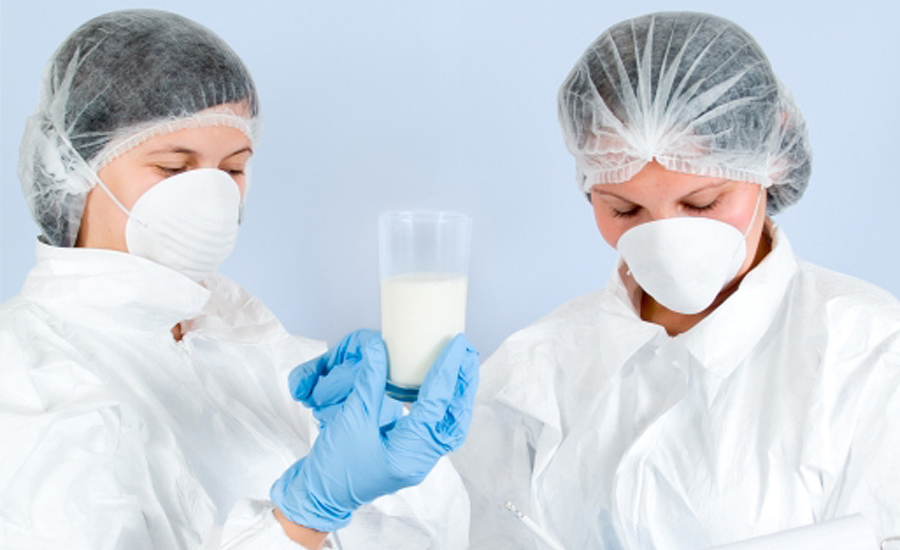There has been a lot of chatter about how smart technologies and new devices are beginning to take people, processes and businesses to the next level of productivity. At the center of this discussion—which is taking place on the farm, at the factory and around the dinner table—is the Internet of Things (IoT). But, what exactly is the IoT, and what kind of impact will it have on the cold food industry?
There are similar parallels to the IoT and its potential. At its core, the IoT is connecting virtually any electronic device such as cars, washing machines, light bulbs, spot welders and tractors to the Internet. A classic example is how your alarm clock can tell your coffee maker when to get brewing and your refrigerator will text you when you’re running low on milk. It also applies to tracking and monitoring how mission-critical items interact with the physical world and how the environment interacts with those items.
IoT on the farm
The IoT can have a significant impact on the food supply chain. For example, let’s look at the farm. In a year when certain portions of the country are suffering from a drought and other areas are looking at floods, water usage is of the utmost importance. The IoT can monitor this situation. A farmer can place small sensors in the rows to track exactly how much water the plants are receiving, what the volume of water is that they should receive and the optimal time of day to water.
Another example is that ranchers can place small thermometers in the ears of cattle to gauge their health at any given moment. If the cows’ temperature goes out of a set parameter, the rancher receives a text letting him/her know which cow needs immediate attention.
IoT at the factory
Being able to monitor and track a production and packing environment—and make incremental improvements—is the essence of efficiency. The major machines can be IoT-enabled, so managers know exactly how many potatoes were peeled in any given hour (whether they are standing next to the peeler or at a conference on the other side of the country).
This also applies to individual components of the machines. For instance, they can know exactly when the dicer blade needs replacing or that the air flow of the HVAC is running too slow or too low. Production managers can make better budgeting decisions, improve capacities, have greater peace of mind that their operations are either running smoothly or be able to pinpoint precisely where improvements need to take place.
IoT empowers processors to avoid potential product spoilage by using sensors in their temperature-controlled production areas. It allows them to automatically track, chart and document processing area temperatures per FDA requirements, ensuring that the product leaving their facility has been kept within set temperature parameters.
IoT on the road
Whether over the road, on the rails, in the air or on the sea, IoT can help monitor and track inventories around the world. GPS devices can let dispatchers know via satellite exactly where on earth any given shipment is at any given moment. IoT monitors can help keep food fresh on the journey by constantly monitoring humidity, vibration, temperature and presence (or lack thereof) of liquid water.
IoT at the restaurant, grocery store
Keeping food fresh is absolutely one of the most important mantras of any chef. Restaurants, bakeries, butcher shops, grocery stores and all other eateries rely on having safe, fresh food. IoT innovations abound in the environment just before the food reaches the dinner table. The cutting board can act as a scale, a meat thermometer can tell the chef exactly when the rib-eye is cooked to perfection and simple inventory management systems can tell the owner when to order more flour. IoT monitoring devices can track and record temperatures inside walk-in refrigerators and freezers, providing data for FDA requirements as well as notifications that alert staff of temperature fluctuations. This could make or break a company by preventing product spoilage.
The impact of the Internet of Things is emerging in force. This is playing a significant role in mitigating guess work. Everyone who needs to be “in the know,” from owners to managers to factory line staff, can be aware at any given time about essentially any key indicator. The Internet of Things is transforming the way we work by giving to us—instantly—what we need to know.




